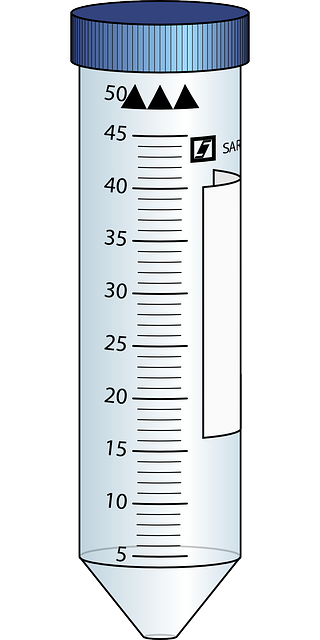A simple UK kidney blood test measuring ferritin levels (12-150 micrograms per litre) effectively diagnoses iron deficiency, crucial for ensuring adequate iron supply and preventing severe complications like anaemia. This non-invasive test reveals stored iron reserves, helping healthcare professionals identify early signs and guide appropriate treatment. Results below 30 micrograms per litre strongly suggest anaemia, underscoring the importance of regular ferritin monitoring for accurate diagnosis and management.
“Discover the power of ferritin level testing as a key tool for diagnosing iron deficiency, a common yet often overlooked health issue. This comprehensive guide explores the essential role of ferritin in iron storage within the body. We delve into the UK Kidney Blood Test, a non-invasive method that measures ferritin levels accurately. By interpreting these results, healthcare professionals can effectively diagnose and address iron deficiency, ensuring optimal health.”
- Understanding Ferritin and its Role in Iron Storage
- The UK Kidney Blood Test for Iron Deficiency
- Interpreting Results and Diagnosis with Ferritin Level Testing
Understanding Ferritin and its Role in Iron Storage
Ferritin is a protein that plays a crucial role in iron storage and release within the body. It acts as a reservoir, ensuring an adequate supply of iron for various essential functions. In the UK, kidney blood tests often include ferritin measurements to assess iron status, particularly in cases where anaemia or iron deficiency are suspected.
When iron is absorbed from food, it’s transported and stored in tissues like liver cells. Ferritin molecules aggregate within these cells, forming a protective shell that stores up to 4,500 atoms of iron. This process is vital for maintaining healthy blood cells and preventing deficiencies. A simple UK kidney blood test can reveal ferritin levels, helping healthcare professionals diagnose iron deficiency and guide appropriate treatment.
The UK Kidney Blood Test for Iron Deficiency
In the UK, diagnosis of iron deficiency often begins with a simple kidney blood test. This test is designed to measure ferritin levels in the blood, which serve as an indicator of stored iron reserves. Ferritin is a protein that encapsulates and stores iron in the body; low ferritin levels suggest insufficient iron intake or increased iron loss. The UK Kidney Blood Test is valuable because it’s non-invasive, quick, and can be performed during a routine check-up.
This test is particularly useful for identifying individuals with silent iron deficiency, as many people may not experience noticeable symptoms initially. By regularly monitoring ferritin levels, healthcare professionals can detect early signs of iron deficiency and intervene promptly to prevent more severe complications associated with prolonged iron deficiency anaemia.
Interpreting Results and Diagnosis with Ferritin Level Testing
When it comes to interpreting results from ferritin level testing, understanding the numbers is key. Ferritin is a protein that stores iron in your body; lower levels indicate potential iron deficiency. In the UK, a kidney blood test can reveal if your ferritin levels are within the normal range (typically 12-150 micrograms per litre for adults). If results fall below 30 micrograms per litre, it strongly suggests iron deficiency anaemia.
A diagnosis of iron deficiency should be made by a healthcare professional who will consider ferritin levels alongside other symptoms and tests. Low ferritin could point to various conditions, so further evaluation is often necessary. This may include additional blood tests or other diagnostic procedures to pinpoint the root cause and determine the most appropriate treatment plan.
Ferritin level testing, as part of the UK Kidney Blood Test, offers a crucial tool in diagnosing iron deficiency. By understanding ferritin’s role in iron storage and interpreting test results accurately, healthcare professionals can effectively identify and address this common nutritional deficiency. This simple yet powerful method enables prompt intervention and improved overall health outcomes.
